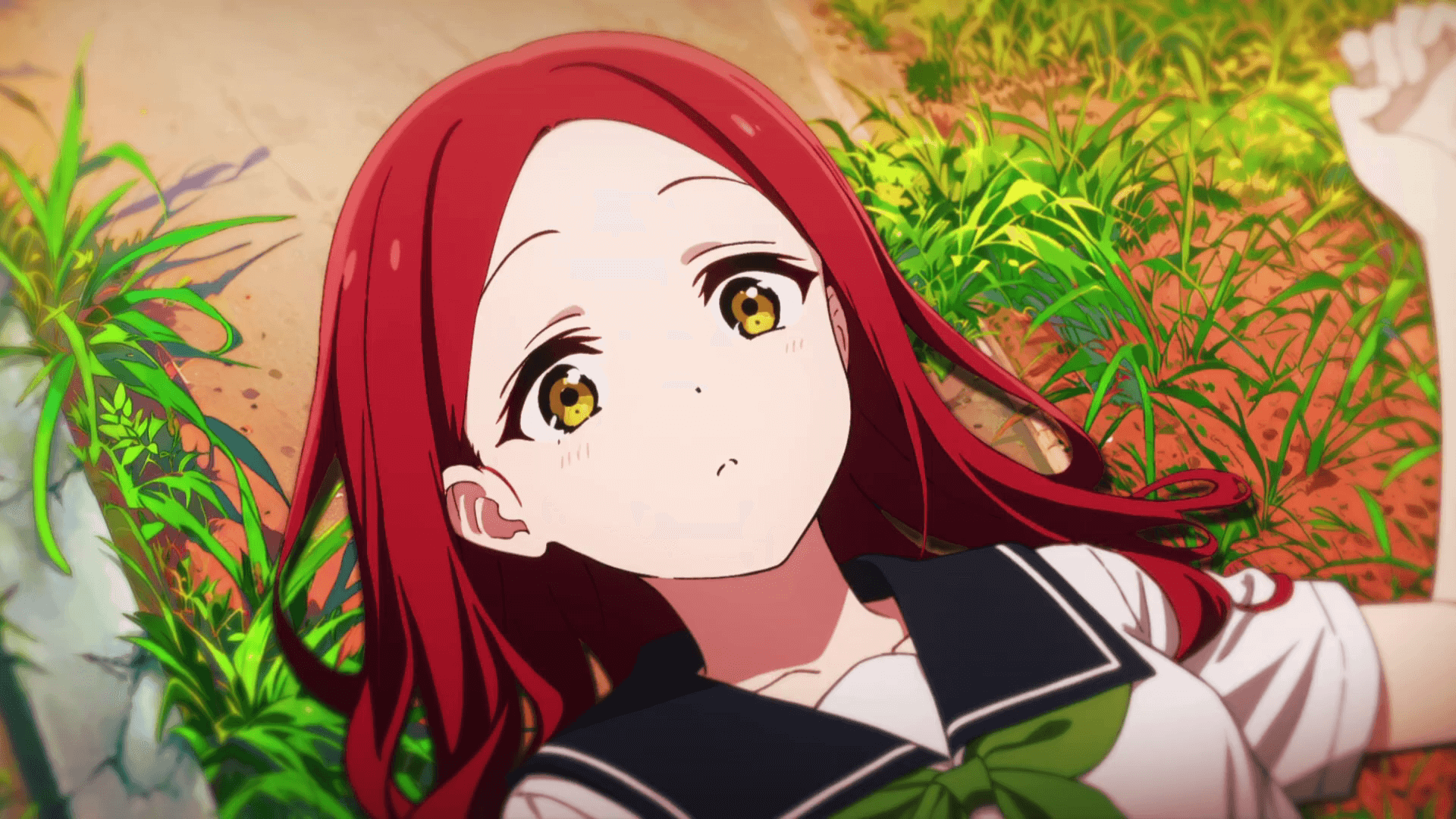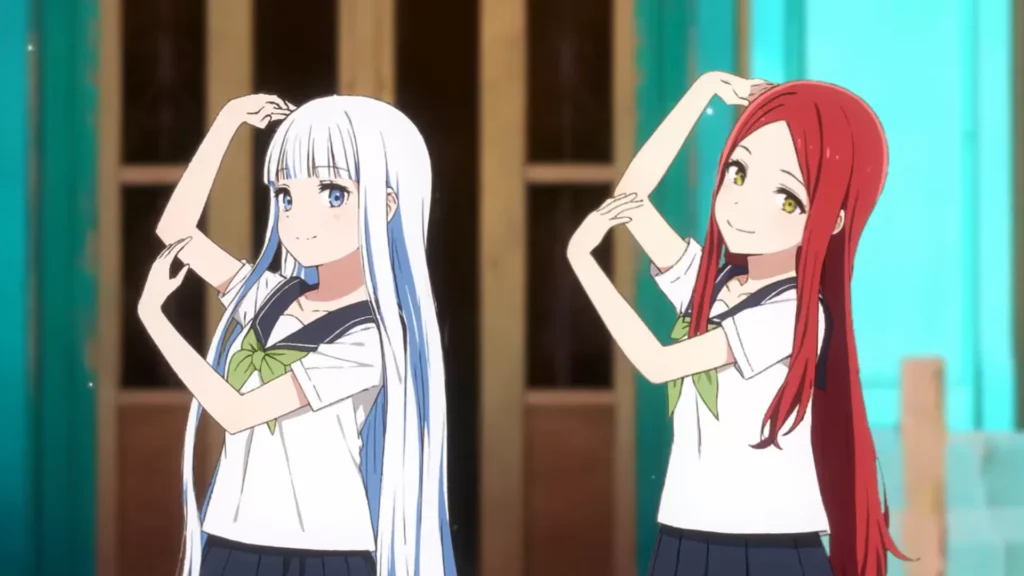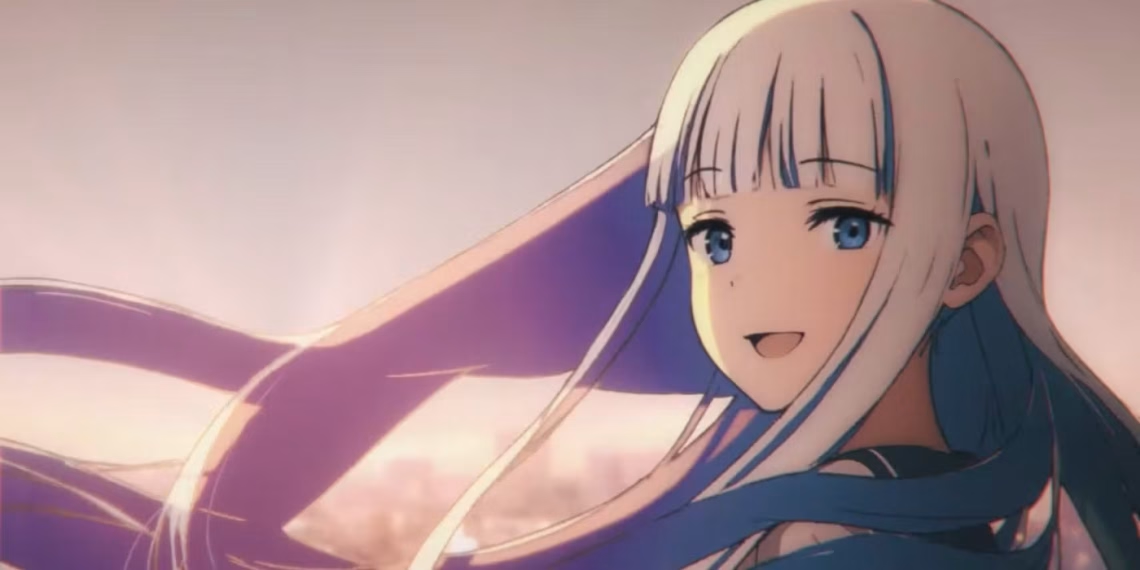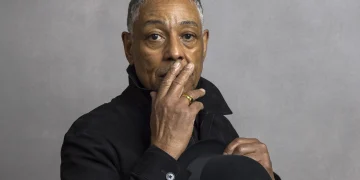At Niigata’s 3rd Animation Festival, a major debate surrounding artificial intelligence unfolded between anime directors Iizuka Naomichi and Makoto Tezuka. With the recent revealing of Twins Hinahima, Japan’s first nationally broadcast AI-driven anime, Naomichi positioned AI as a tool for creative liberation rather than disruption. According to him, the industry can benefit by outsourcing repetitive tasks to AI and giving animators a chance to pursue directorial roles.
Naomichi shared his thoughts during the “Future of AI-Driven Animation Expression” symposium, suggesting that the mainstream fear of AI stealing jobs was misplaced. In his view, AI helps cut production costs and encourages younger animators to explore directing, a path often stifled by rigid studio workflows. In Twins Hinahima, over 95% of the animated cuts involved AI, though Naomichi emphasized he never considered letting AI handle creative leadership or direction.
Creative Trade-Offs and Industry Concerns

Despite Naomichi’s optimism, Tezuka was quick to highlight what AI cannot achieve. Referencing his experience directing works based on his father Osamu Tezuka’s manga, he argued that true animation requires understanding movement between frames — nuances AI cannot replicate. According to Tezuka, without learning these intricacies through traditional methods, future creators risk becoming reliant on AI to the point of creative stagnation.
He further explained that studying only AI-generated motion strips animators of essential foundational skills. As a result, AI cannot currently serve as a replacement for human training. Naomichi partly agreed, admitting that he felt unsettled by AI’s lack of authorship. While he believes AI can help make manga art come to life in animated form — pointing to the success of THE FIRST SLAM DUNK as an example — he also acknowledged its inability to direct or originate vision.

As AI continues to evolve in Japan’s entertainment, the discussion between Naomichi and Tezuka encapsulates a growing divide. On one side, AI promises broader access to animation creation and efficiency. On the other, its emotional limitations and detachment from human intention remain critical concerns for traditionalists and pioneers alike.
Whether AI will ultimately redefine anime or simply support its production remains unclear. But as seen in Twins Hinahima, a new path is forming — one that blends human oversight with machine-generated assistance. The future of anime might not lie in choosing sides, but in how creators choose to collaborate with the technology now at their fingertips.





